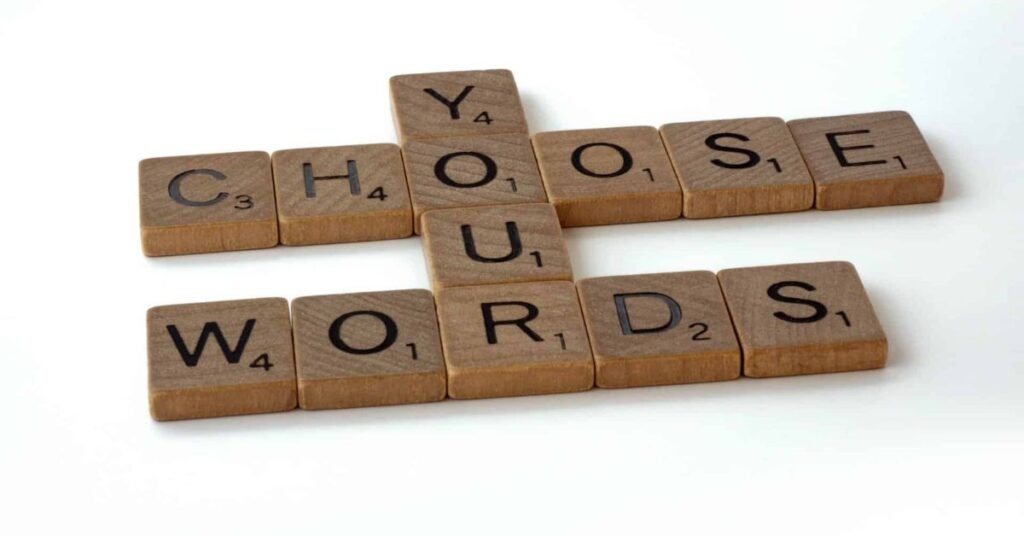In the bustling worldwide of contemporary kitchens, amidst the whirring of appliances and the sizzle of pans, one humble but important object often stands proud—the refrigerator. But beyond its practicality, have you ever ever ever taken into consideration the refrigerator as a bearer of secrets and techniques and techniques, a vessel of curiosity?
The refrigerator, regularly left out in its simplicity, becomes a gateway to an international of flavors and reminiscences, reminding us that amidst the hustle of daily life, there is magic in the mundane.
Join me on a journey wherein we discover the riddle that is the refrigerator, uncovering its hidden components and brooding about its function in our everyday lives.
Unraveling the Riddle:
Let us delve into the coronary heart of the problem: what makes a refrigerator extra than just a cooling tool? Consider its ability to gradual down time for perishable gadgets, extending their lifespan and thereby influencing our consumption styles. In this sense, a refrigerator becomes a silent partner in our quest for sustainability and conscious ingesting.
What Makes a Good Riddle?
A perfect riddle possesses numerous key features that make it attractive, notion-provoking, and enjoyable for the ones searching to remedy it. Here are the tendencies that contribute to a top-notch riddle:
1. Clarity and Conciseness:
The riddle should be clear and sufficient in its language and form to be understood without difficulty but concise enough to preserve intrigue and keep away from useless statistics.
2. Creativity and Originality:
A first-rate riddle regularly offers a unique twist or an unexpected mindset on a familiar concept, making the solver expect outside the box.
3. Logical and Solvable:
While riddles may be hard, they should ultimately have a logical answer that can be deduced through reasoning or lateral thinking. The answer needs to be revelatory with reference to the clues supplied.
4. Engaging Language:

Bright imagery, metaphors, or wordplay can enhance the riddle’s enchantment and make it extra memorable.
5. Elicits Curiosity:
A suitable riddle sparks interest and invites the solver to ponder and explore particular possibilities earlier than arriving at the solution.
6. Balance of Difficulty:
A properly balanced riddle needs to be tough enough to engage the solver’s mind but not so difficult to understand or convoluted that it frustrates or confuses them.
7. Has a “Aha!” Moment:
The nice riddles regularly cause a fulfilling “aha!” second when the solver abruptly realizes the answer, accompanied by an experience of discovery or cleverness.
8. Context and Theme:
Riddles frequently have a context or challenge that ties together the clues and the solution, bringing intensity and coherence to the puzzle.
9. Universal Appeal:
While cultural or contextual references can increase a riddle, an outstanding one should commonly have elements that resonate in the course of brilliant audiences and a long time.
10. Memorable and Enjoyable:
Ultimately, a first-rate riddle needs to be memorable for its cleverness or the adventure it takes the solver on, leaving an enduring effect even after the solution is observed.
Also Read: Why Do My Lights Dim When I Use The Microwave?-Find Out Here
The Significance of Everyday Objects in Riddles:
Everyday items play a large position in riddles via using grounding the puzzle in acquainted elements of day by day existence. Here’s why regular gadgets are frequently used and their significance in riddles:
1. Accessibility:
Everyday gadgets have long been universally diagnosed and understood in specific cultures. This accessibility ensures that a substantial audience may like the riddle.
2. Relatability:
Riddles frequently use regular gadgets because of the fact they may be relatable to human beings each day. This familiarity helps to interact with the solver and makes the riddle greater accessible.
3. Surprise Factor:
Everyday objects in riddles frequently have unexpected traits or behaviors. This evaluation between the normal look and the smart solution enhances the amusement and mission of solving the riddle.
4. Symbolism and Metaphor:

Everyday gadgets may be wealthy in symbolism and metaphor, permitting riddles to discover deeper meanings or issues through apparently smooth objects. For example, a key needs to symbolize getting right of entry to or discovery in a symbolic experience.
5. Versatility:
Everyday objects are flexible in riddles because they may be utilized in various contexts and conditions. They may be part of wordplay, puns, or seen descriptions, adding layers of complexity to the puzzle.
6. Imagination and Creativity:
Riddles often encourage modern thinking and imagination. Everyday items provide a canvas for riddle creators to craft thrilling puzzles that challenge the solver’s capability to think outside the container.
7. Educational Value:
Riddles concerning ordinary objects may be educational, teaching hassle-fixing abilities, lateral thinking, and linguistic creativity in a top-notch way.
8. Cultural Significance:
Some everyday items deliver cultural significance or ancient context, adding depth to riddles and connecting them to broader issues or traditions.
Also Read: Can You Leave A Refrigerator Unplugged For A Year?-Full Guide
Solving the Riddle:
Solving a riddle can be a fulfilling intellectual exercise that includes careful assessment, creativity, and, now and then, a piece of instinct. Here are some powerful strategies that will help you solve a riddle:
1. Read Carefully:
Begin by studying the riddle thoroughly, paying attention to each word and detail. Often, the key to solving the riddle lies in subtle clues or wordplay.
2. Identify Clues and Themes:
Try to emerge as privy to any problems or styles within the riddle. Look for descriptive language, metaphors, or symbols that would component towards the answer.
3. Consider Multiple Meanings:

Many riddles rely upon words or terms that have double meanings or can be interpreted in awesome ways. Think approximately how each word or line has a literal and a figurative interpretation.
4. Think Laterally:
Riddles regularly require wandering outdoors in the sector. Consider unconventional or unexpected answers that will only be apparent with delay.
5. Use Context and Background Knowledge:
Knowledge of cultural references, history, or commonplace sayings can help decipher the riddle. Contextual clues can provide recommendations for the solution.
6. Visualize and Imagine:
Visualize the scenario defined in the riddle. Sometimes, imagining the scene or the gadgets can trigger insights into the answer.
Also Read: Are There Refrigerators In Royal Caribbean Staterooms?-Full Guide
FAQ’s:
1. What is the riddle which means “refrigerator”?
“Riddle: I am continually on foot; however, in no manner get tired or warm. What am I?” Answer: A refrigerator.
2. What is a hidden refrigerator called?
Integrated refrigerators, like built-ins, are mounted without delay into your kitchen’s cabinets.
3. What is a lodge refrigerator referred to as?
A minibar is a small refrigerator, usually an absorption refrigerator, in a lodge room or cruise delivery stateroom.
Conclusion: Cracking the Code:
As we finish our exploration, the riddle of the refrigerator reveals itself not as a puzzle to be solved but as a story to be embraced. It embodies practicality, positive, but additionally symbolism—a logo of sustenance, creativity, or maybe community.
From its humble origins to its gift-day sophistication, the refrigerator remains a critical part of our lives, offering each software and idea.

